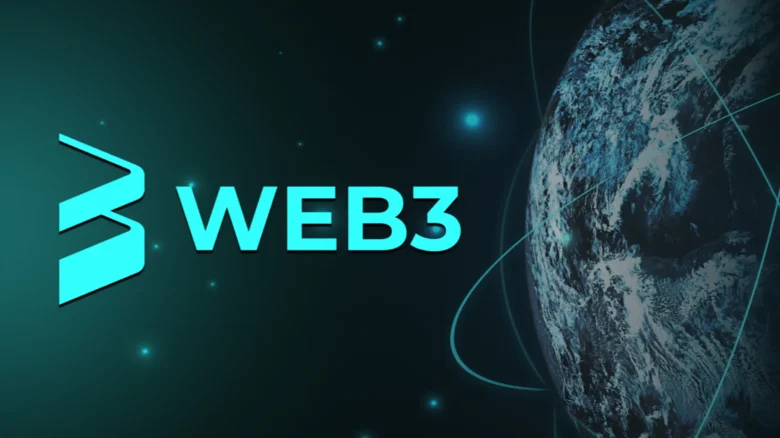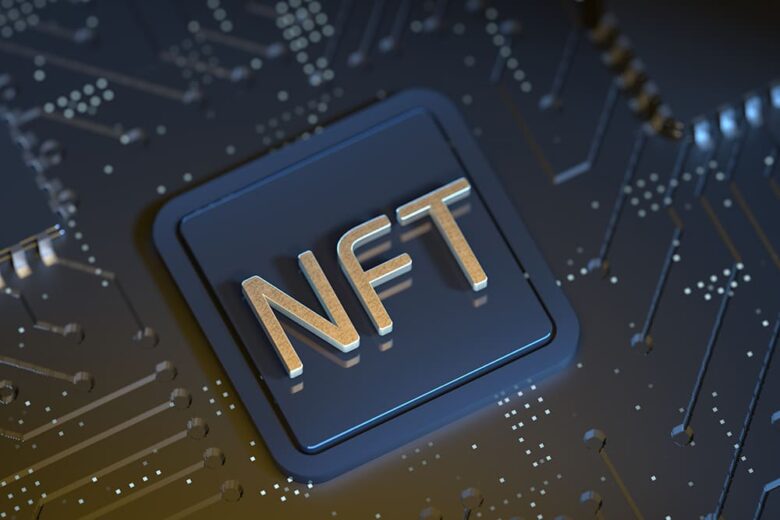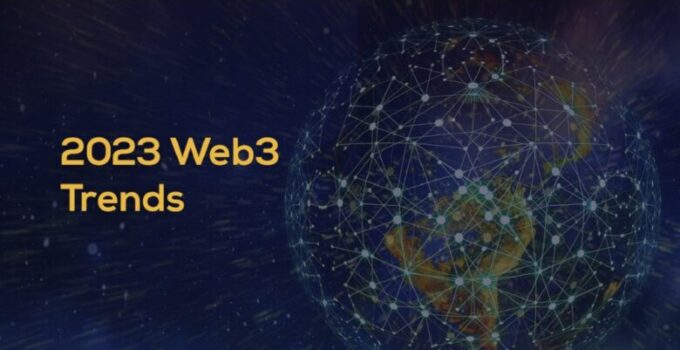The modern age is driven by once incomprehensible advancements in tech and although the internet has only been widely accessible in the last two decades, it is easy to take the functionality and vastness of the digital environment for granted. Right now, the majority of users simply log on and go about their daily business online without a second thought to the processes behind operations, but there is also a large percentage that looks more deeply into how everything works to ensure that they maximise its potential and continue to do so as things evolve.
With the future in mind, things are consistently progressing and innovations disrupt and challenge the status quo seemingly every week – and right now, the concept on everybody’s minds is Web3.
What is Web3?

Source: howtogeek.com
On the most basic level, Web3 is pipped to be the new era of the internet and will have the potential to fix pain points, improve performance, streamline convoluted processes and make the digital environment a better place to be for all users with a never-before-seen infrastructure, but it isn’t a fully-developed product just yet. Before getting into the concept or potential of Web3, it can be important to first understand what came before it.
The current face of Web3
There are a host of technologies that already fit into the aspirations of Web3 – and their properties can be considered to get a better idea of what’s to come when the Web3 interface is fully developed. Let’s take a closer look at the most prominent ones now:
The Metaverse
A relatively new player in the digital environment, the Metaverse is one of the most promising indicators of how Web3 will function on a wider scale. It aims to be immersive and fully interactive for users, for an all-encompassing alternative to traditional social media capabilities. This integrates with AI, VR technology and NFTs while supporting crypto payments.
Cryptocurrency
Right now, cryptocurrencies are mined from blockchain ledgers, providing a transparent yet secure method of digital payment (developed during phase 2 of the internet’s history). While many spend time considering the best cryptocurrencies to buy ( check this link for more information: https://www.business2community.com/cryptocurrency/best), the applications of this technology will be the largest component when shaping Web3.
NFTs

Source: bernardmarr.com
Similar to cryptocurrencies, NFTs (non-fungible tokens) are units of digital data that are stored on blockchains and interacted with, typically in the gaming and art niches where collectibles are extremely popular. These are bought and sold on crypto marketplaces and shared with audiences via digital art portfolios.
Artificial Intelligence
Artificial intelligence is increasingly being applied to a host of sectors; from business to healthcare and even retail. This type of software uses advanced machine learning, algorithms and intuitive processes to improve user interaction with the goods and services available.
The progression of the internet

Source: qz.com
At a glance, the first phase of the internet (Web 1.0) can be described as operating between 1991 and 2004 and initially catered to a very rudimentary set of user needs in terms of providing information and bringing a new level of communication in terms of basic chatrooms and message boards – and everything was designed very much on a read-only basis. In terms of business, the environment was largely only available to the biggest companies and corporations, and user-generated content was all but unheard of.
Web 2.0, whose era is 2004 to present, gradually evolved into the interactive, social environment that modern users know and love and has become a user-centric environment where users and businesses connect with each other and audiences around the world. Interactive design is a key innovation that has shaped the way the internet is used.
If you follow the arc of growth throughout the first two phases, it stands to reason that Web3 will need to step into the fray to meet changing user needs (such as increased mobile usage) and the new requirements driven by advancements in tech (such as AI). as mentioned above, Web3 isn’t yet fully developed, but the infrastructure is being designed to approach and address the advancements expected for a more intuitive, intelligent, transparent and autonomous user experience.
With the current climate in mind, the natural progression seems to be leaning toward a more decentralized ecosystem, as the inception of digital financial services and functionalities has some attractive implications for the future of the internet. This is especially prevalent when considering blockchain technology and how the ecosystem can benefit from operating on a distributed ledger (which is a wider database that is hosted by a computer network as opposed to a single server).
Using the ethos and experiences gathered from the successes and applications of decentralised finance and how data is not only stored, but also owned and shared. Right now, there is a growing focus on targeted advertising and the way that user information is often exploited- and these issues can potentially be addressed.
Are the projections for Web3 viable moving forward?

Source: visartech.com
Current projections and discussions being had by industry insiders, analysts and even enthusiasts are certainly leaning towards the positive connotations of what Web 3 could potentially provide, but that’s not to say that there are some aspects that are keeping the critics in the fray.
One of the top concerns is that blockchain technology is still relatively new, so its capabilities and pitfalls may not yet be fully realised. There is still a long way to go before decentralized finance and how it functions in relation to fiat currencies and traditional goods and services will be on the same page. This means that there is going to need to be a real focus on building an interface that will be strong yet durable, while being diverse enough to deal with real-world use, comply with laws and regulations around the world and even to operate as a viable system within the wider economy.
As technology has advanced so far in the last decade and continues to push the envelope, there’s actually no saying how far Web3 could go or how the future of the internet will evolve in the coming years. The potential is certainly exciting though!




